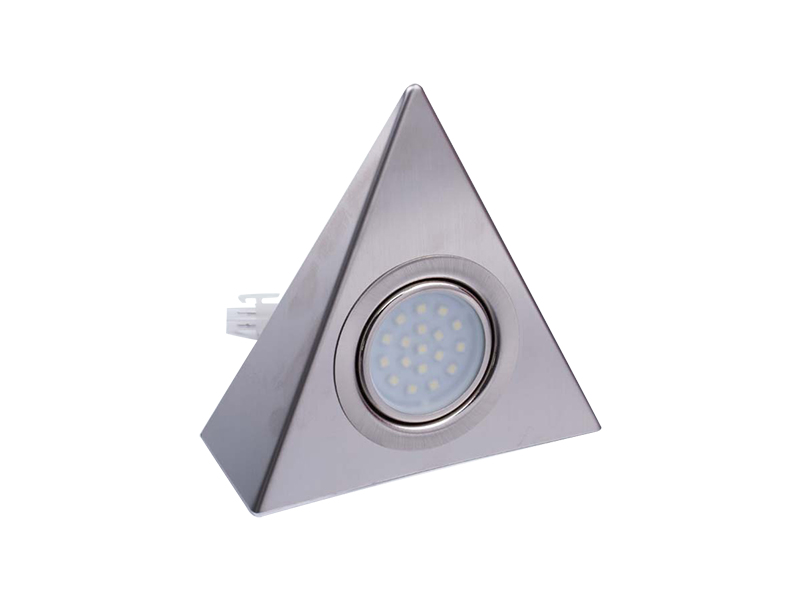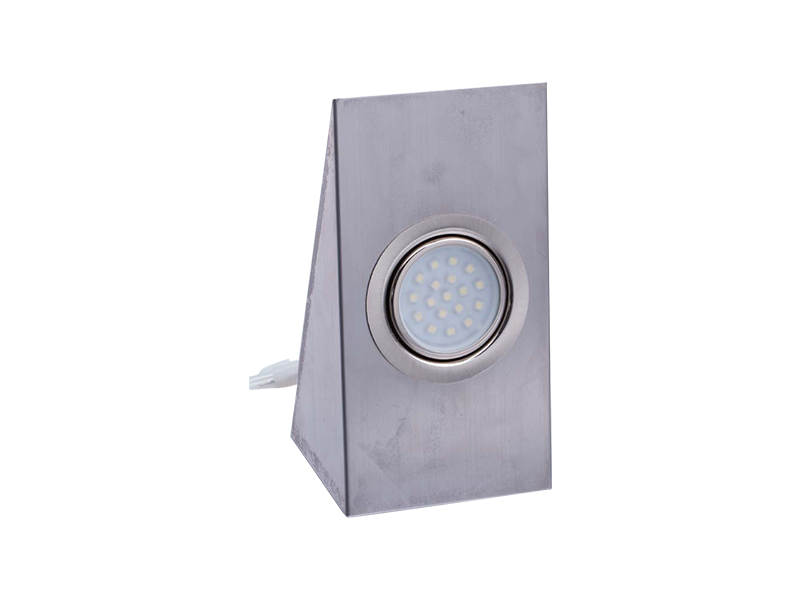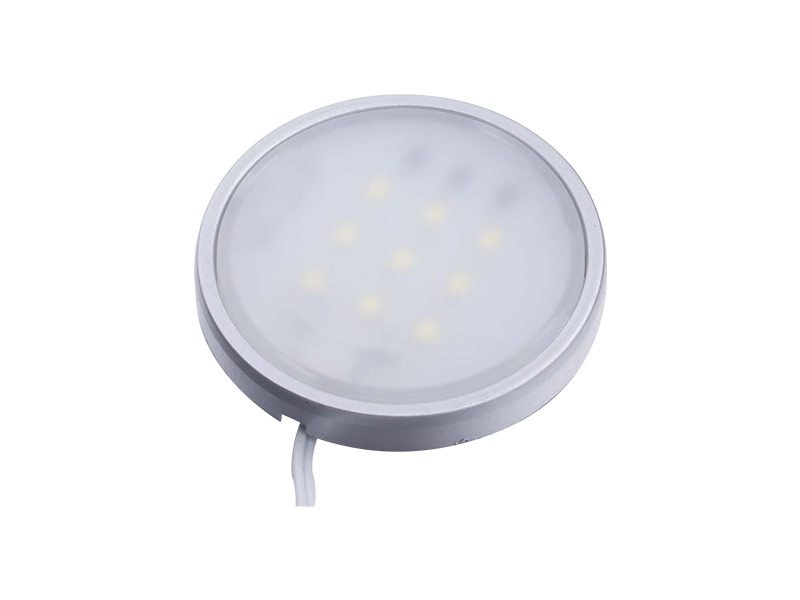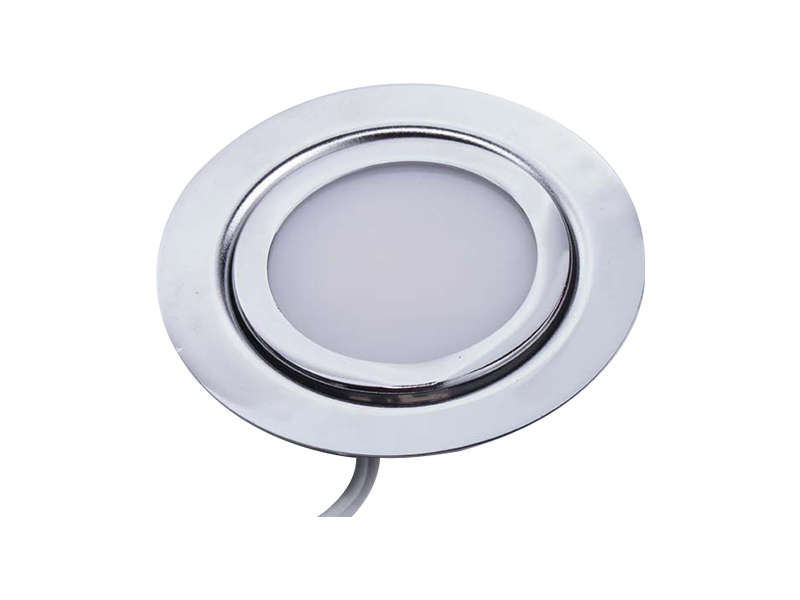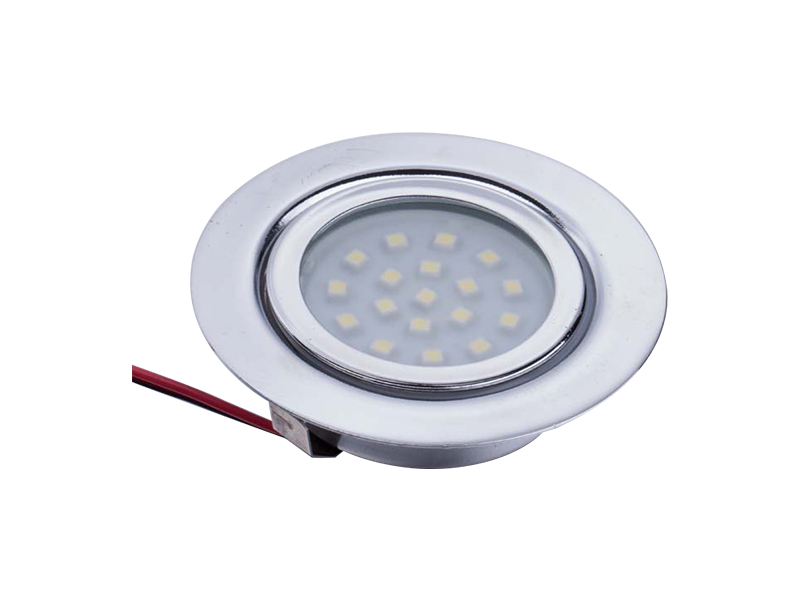-

E-mail:[email protected]
-

Telphone:+86-574-88073028
-

FAX:+86-574-88073029
QR code on
mobile phone
Welcome to Eastkey!
Welcome to Dongke!
As a common auxiliary light source in modern home lighting, LED cabinet lights not only have basic characteristics such as energy saving, compactness, and easy installation, but also continue to incorporate more intelligent designs. Among them, the human body sensing function has gradually attracted the attention of users.
The core of the human body sensing function is to sense whether there is human activity around. When someone approaches or moves, the light automatically lights up and automatically turns off after leaving for a certain period of time. Its operation usually relies on infrared pyroelectric sensing or microwave sensing technology. These sensors can recognize infrared heat signals or small movement changes of the human body. They are sensitive in daily applications and eliminate the tediousness of manual switches. Compared with traditional cabinet lights that require manual control, this sensing method greatly improves the convenience and practicality of use, especially at night, in kitchen operations or when the hands are inconvenient, automatic lighting brings higher comfort to life.
In fact, some LED cabinet lights on the market are equipped with human body sensing function, but there are also many basic styles that do not have built-in sensors. Therefore, not all cabinet lights have this function, and users need to understand the product description in detail when purchasing. In order to meet the needs of different usage scenarios, some manufacturers will also provide versions with and without sensing in the same series of products for selection. Generally speaking, the induction function is mostly used in locations where double doors or drawers are frequently moved, such as kitchen wall cabinets, lower cabinets, corridor storage cabinets, etc.
Induction range and sensitivity are another aspect that users are concerned about. If the induction distance is too short, the user needs to be very close to the lamp to be triggered; if the induction range is too large, it may be accidentally touched when not in use, causing the lamp to light up frequently. This not only affects the user experience, but may also bring additional energy consumption. Therefore, some LED cabinet light products are also equipped with a sensitivity adjustment function, which allows users to adjust the response range according to the installation location. It is worth mentioning that the thick space inside the cabinet or the cabinet door may block the induction effect. Such places are more suitable for infrared direct induction lamps rather than microwave penetration types to avoid false induction problems.
The human body induction function not only improves convenience, but also helps to reduce unnecessary power consumption. By setting the automatic delayed shutdown time, users do not need to manually turn off the light after a short absence or after the operation is completed. The system can automatically turn off, saving electricity while extending the life of the lamp. This intelligent control method is particularly suitable for cabinet lighting in children's rooms, elderly rooms or public areas, bringing a safer and more friendly experience to family members of different ages.
However, not all users need human body sensing function. In some cases, such as kitchen areas that are frequently turned on but require continuous lighting, or operating lighting above the workbench, manual control may be more accurate to avoid interference caused by repeated sensing switches. Therefore, whether to select human body sensing function should ultimately be determined based on the specific usage environment and personal preferences.
For users who pursue smart home experience, choosing LED cabinet lights with human body sensing function is undoubtedly a direction worth considering. It can not only improve the intelligence of lighting, but also provide more convenience and comfort in daily life. In the future, with the development of intelligent lighting technology, it is expected that this type of sensing function will be popularized in more models, and further integrated with voice control, wireless networking and other functions, bringing more diversified cabinet lighting solutions.
top
E-mail:[email protected]
Telphone:+86-574-88073028
FAX:+86-574-88073029
